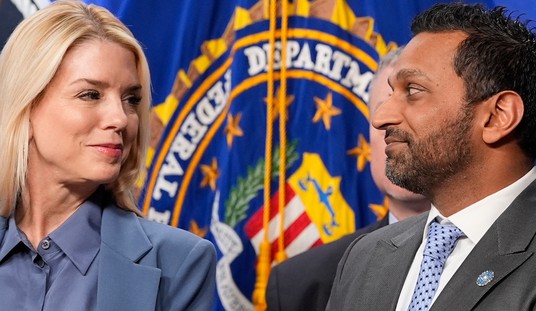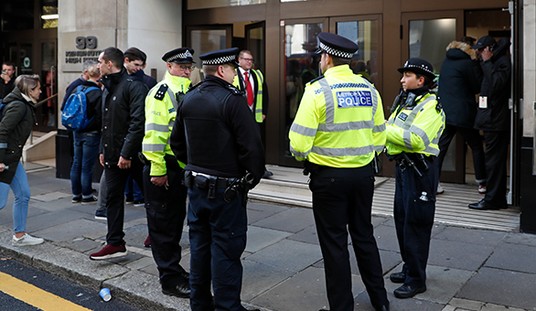Today will mark the beginning of hearings in the Senate aviation subcommittee, where members will hear from both the FAA and Boeing about what went so disastrously wrong with the 737 Max 8 autopilot. But they’re doing more than examining this single failure. The committee wants to “revamp” the processes currently in place for testing, certifying and approving new aircraft so this sort of thing won’t happen again in the future. But is that even possible? (Associated Press)
America’s standing as the model for aviation-safety regulation will be on trial as congressional hearings begin into the Federal Aviation Administration’s oversight of Boeing before and after two deadly crashes of its best-selling airliner.
The Senate aviation subcommittee is scheduled to hear testimony Wednesday from the acting head of the FAA, the Transportation Department inspector general, who is leading a review of the FAA and Boeing, and the nation’s top transportation safety investigator.
Inspector General Calvin Scovel III is expected to reveal plans to significantly revamp the FAA’s oversight of airplane construction this summer and discuss his office’s findings of management weaknesses with a number of the agency’s oversight processes over the years.
Clearly, something seems to have gone wrong with the certification process in the case of the Max 8. Boeing introduced a new safety feature in the software designed to prevent the plane from stalling during a steep ascent, but the program appears to have trouble distinguishing a controlled, rapid ascent from a potential stall situation, leading the autopilot to try to force the nose down. A number of pilots have expressed their frustration with not only the autopilot but the lack of training on this new feature. So was this a flaw in the review system, simple human error, or a case of someone at Boeing or the FAA trying to cut corners and rush the plane through?
Hopefully, we’ll have the answer to that question by the time the hearings are done. And a review of our processes never hurts, but we shouldn’t be in a rush to try to recreate the entire oversight system from scratch. It’s worth pointing out that there are an average of more than 87,000 commercial airline flights in the United States every single day. The last time we had a major crash of a commercial flight was more than a decade ago, in February of 2009 when Colgan Air Flight 3407 crashed near Buffalo. And that one went down because of ice building up on the wings in a winter storm.
When you think about it, that’s a pretty remarkable safety record, particularly compared to some periods back during the seventies when it seemed like we were losing several planes per year. So we’ve clearly been doing something right for a very long time now. What the committee needs to examine is whether the underlying process is flawed or if human error or malfeasance allowed Boeing’s faulty autopilot software to make it into the fleet. And it’s hard to image this being a systemic flaw or we’d have seen a lot more planes crashing or experiencing serious malfunctions, wouldn’t we?








Join the conversation as a VIP Member